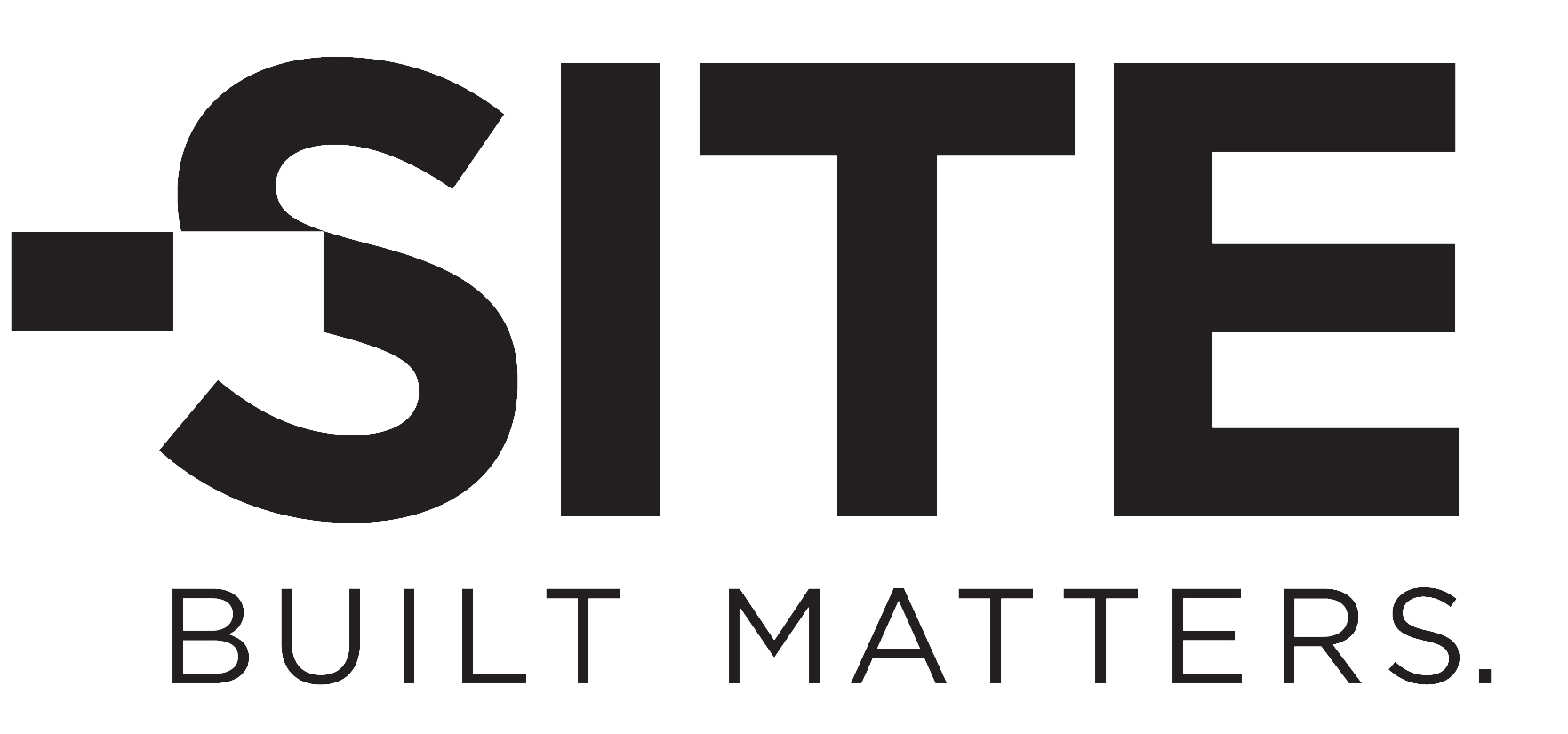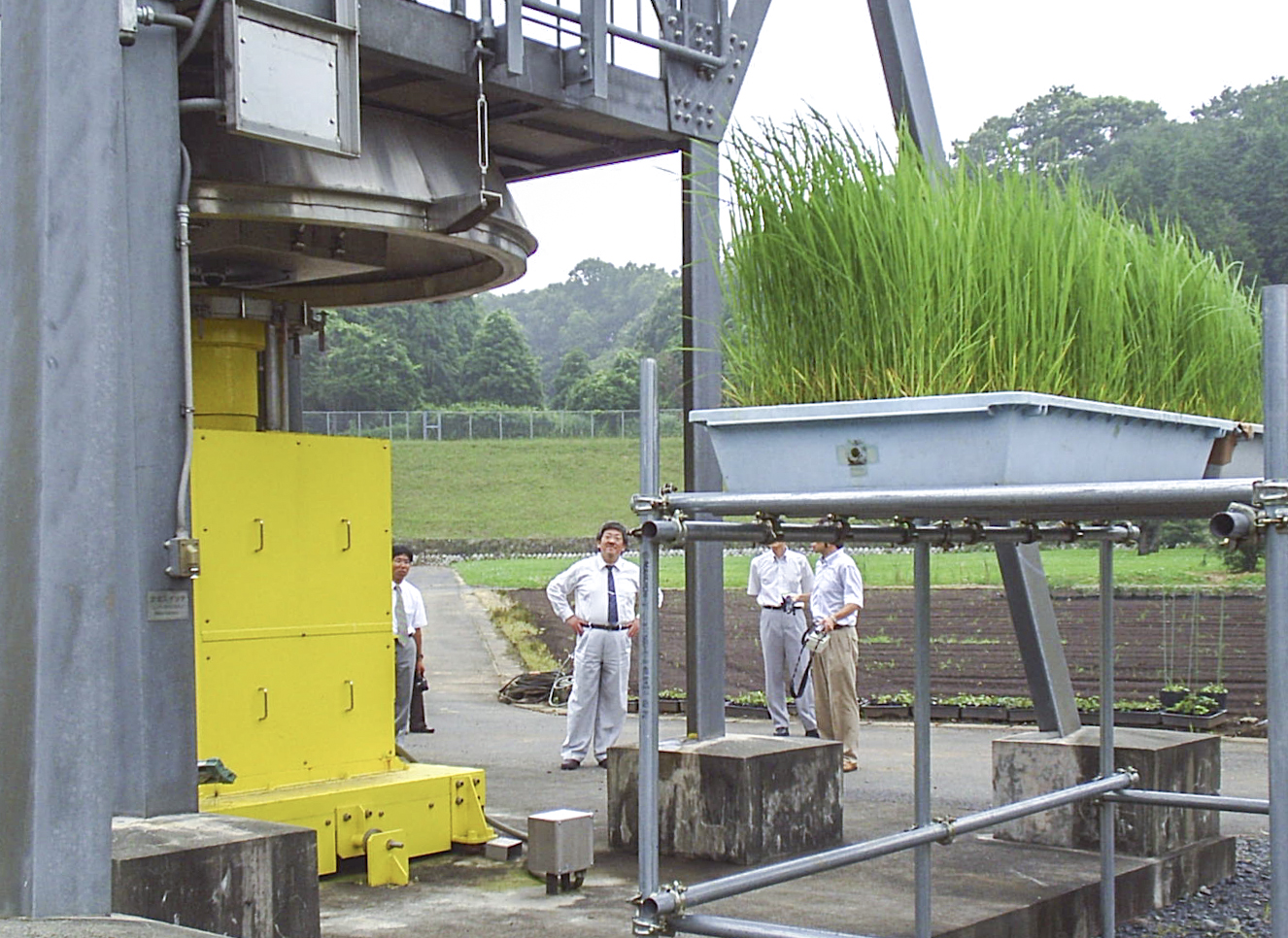Marking Land

By Roy Cloutier
I. Marking Land
In the mountains south of Las Vegas grows a doppelgänger of the city’s culture of conspicuous consumption: neighbourhoods of luxury mega-homes carved into the slopes of the McCullough Range. Here, perched 1000 feet above the valley floor, one finds Ascaya. More closely resembling an open-pit mine than the luxury residential neighbourhood it was originally meant to become, Ascaya sits preserved in a state of suspended animation—its otherworldly landscape a result of the dramatic collision of overenthusiastic real estate practices and the Great Recession.(1)
During such moments of “irrational exuberance”—when the logics of systems stretch to and beyond their breaking points—what are typically very abstract systems become inscribed upon the landscape in a profoundly tangible way, creating land-marks in both literal and figurative senses. In these land-marks is embedded a profound symbolic and political power—one that can serve as fertile ground for new forms of political and architectural intervention.
How might designers engage these land-marks that speak so clearly of larger systems (financial, real estate, political, regulatory, and more)? Perhaps one approach lies in a selective preservation of such fragments—bordering them, excising them from the logics that led to their existence and would otherwise lead to their erasure. By framing and preserving such an enclave of system failure, it can come to serve a political role as a monument of sorts: a secular miracle, as Slavoj Žižek puts it,(2) making immanent the otherwise intangible and distant; inadmissible evidence, as Keller Easterling terms it (paraphrasing Jacques Rancière) (3), an artifact that renders political the everyday, the familiar, and the broadly accepted.
Framed in such a way, Ascaya lays bare the landscape of seemingly banal suburban development, revealing the machinations of the systems that produce it and give it form and presenting them in their purest moment of overreach. The real estate boom and bust takes a dramatic, visceral material form in the terraced, denuded landscape of Ascaya, serving as a sobering counterpoint to the waves of lush suburbanization surrounding it. In Ascaya, the land-marking has been done for us—one needs only to bound and preserve it.
II. Bordering Systems
In contrast to the zeal for smoothness and continuity that characterized the rise of systems in architectural theory over the past three decades, certain theorists have begun to turn their attention back to the power of spatial striation and discontinuity within systems—that is to say, to the act of bordering. Rejecting the view that bordering is inherently linked to a dominant exercise of power, these theorists instead find within the construction of borders a certain political potential, which they in turn trace through a deep lineage of resistance, contestation, and cultural differentiation. Conceiving of bordering in this manner suggests new ways in which space might operate politically in an era of systems, flows, and ever-increasing global connectivity.
In “Ecology and Emancipation,” the architectural theorists Fabien Giraud and Max Turnheim reframe Pier Vittorio Aureli's notion of an architecture of formal limits,(4) calling instead for “a praxis of the border, a production of spaces through transformative acts of bordering.”(5) In this model, bordering is seen as a projective act, embedded within systems and operating directly on their logics—creating a “fully intrinsic and operative discontinuity,”(6) as Giraud and Turnheim put it. Neither smoothly riding the currents of a system nor naïvely seeking to construct a space of pure exception “outside” of a totalizing system, this conception of bordering instead posits a qualified, designed engagement with systems—one that creates not spaces of exception but spaces of inflection, in which form redirects flow to create internal differentiation within the system.
As Giraud and Turnheim describe, such an approach conceives of the construction of borders much in the same way that a dam affects a river: form becomes an opportunity to manipulate the flow of a system, drawing power from the way that flows can be diverted, modified, redirected, harnessed, and repurposed to new ends.(7) Borders are thus not bound to models like the infinitely-thin state borders of Westphalian territorial sovereignty, concerned only with exclusion and the management of existing patterns of practices. Rather, bordering holds the potential to create a space possessing a thickness and politics of its own, rich with difference and juxtaposition.
III. Living on the Edge
Through a series of speculative architectural drawings, Marking Land envisions how the dramatic landscape of Ascaya might be reframed as an alternative form of monument—one that directly materializes the systemic failures that gave it form. Rejecting both complete redevelopment and wholesale preservation in favour of a more tactical approach, the project preserves a portion of the site, defining its limits with a thickened border of public space and architectural form.
By relinquishing the remainder of the site to normative development, the border of the preserved area becomes the site of a series of dramatic juxtapositions: between redevelopment and preservation; between speculative real estate practices and their dramatic failure; between lush landscapes and otherworldly moonscapes. In this interstitial placement, the inhabited border becomes a machine for revealing the effects of otherwise-intangible systems—giving them form and creating juxtapositions rarely experienced, encountered, or discussed.
The project thus lives a double-life as both monument and amenity—a space of reflection and of pleasure, a cerebral space and a carnal space—harnessing one to fuel the other. The simple, repetitive programmatic modules of the thickened edge act as an open platform for a rotating cast of programs, able to adapt as desires inevitably and perpetually change. While capable of hosting many different types of activities within its simple, rectilinear infrastructure, it is decidedly not blank; rather, its siting at the perimeter of the preserved zone inflects its activities with a particular disposition, born of the intensely juxtaposed condition it straddles. In this space, the familiar and the everyday are inflected and recontextualized, growing to be global while shrinking to be personal.
In the form of the project, what could have been one of the most exclusive (in both senses of the word) communities in Las Vegas gains a Central Park of sorts—one that monumentalizes its catastrophic birth while generating a paradoxical new form of amenity. Here, the delight of local residents and visitors intermingles with the somber beauty of the preserved zone, collapsing both the intended and the unintended—the utopian and the dystopian—outcomes of the real estate industry into one space.
IV. Border-Line Architecture
Borders are a nexus at which systems become spatial and material—inscribed upon physical and cultural landscapes through acts of delineation and division. By virtue of their discontinuity, they are spaces in which difference comes to a head, serving as key sites of contestation and creative projection. Thus, the act of bordering—a tool intimately familiar to the space-shaping disciplines, if perhaps not often put to this use—can be considered as an important tool for politics and dissent in contemporary society. Throughout history, one role of the architect has been to shape envelopes, to create bubbles of sheltered exception, defining internal borders within climatic, biological, or social systems. Today, one might envision a mode of practice that delineates new envelopes, new borders amid systems of many sorts—accreting over time to form constellations of difference.
Endnotes
(1) For more on the increasing use of architecture as an instrument of financial speculation, see Matthew Soules, “Asset Urbanism: Ghosts, Zombies, and the Simultaneity of Amplified Growth and Decay,” in Globalizing Architecture—Flows and Disruptions: Proceedings of the 102nd Annual Meeting of the Association of Collegiate Schools of Architecture (Washington DC: ACSA Press, 2014), 686-693. Available online at (PDF) http://apps.acsa-arch.org/resources/proceedings/uploads/streamfile.aspx?path=ACSA.AM.102&name=ACSA.AM.102.78.pdf
(2) Slavoj Žižek, “Signs from the Future” (lecture, Subversive Forum: The Future of Europe Conference, Zagreb, Croatia, May 14, 2012).
(3) Keller Easterling, Extrastatecraft: The Power of Infrastructure Space (Brooklyn, NY: Verso, 2014), 205-6.
(4) Pier Vittorio Aureli, The Possibility of an Absolute Architecture (Cambridge, MA: The MIT Press, 2011), 42.
(5) Fabien Giraud and Max Turnheim, “Ecology and Emancipation,” in San Rocco 10: Ecology, ed. Matteo Ghidoni (Venice: San Rocco, 2014), 92-105. Also available online at http://www.uho.co/ecology-and-emancipation/
(6) ibid., 104.
(7) ibid., 104.
Roy Cloutier is a designer, researcher, and educator based in Vancouver, Canada, where he is currently pursuing his Masters of Architecture at the University of British Columbia. His research on urbanism, spatial division and cultural difference has been published by the Journal of Architectural Education, CLOG Journal, the Association of Collegiate Schools of Architecture, and the İzmir International Cultural Studies Symposium.





